
Architect Recalls his First House – an Eichler
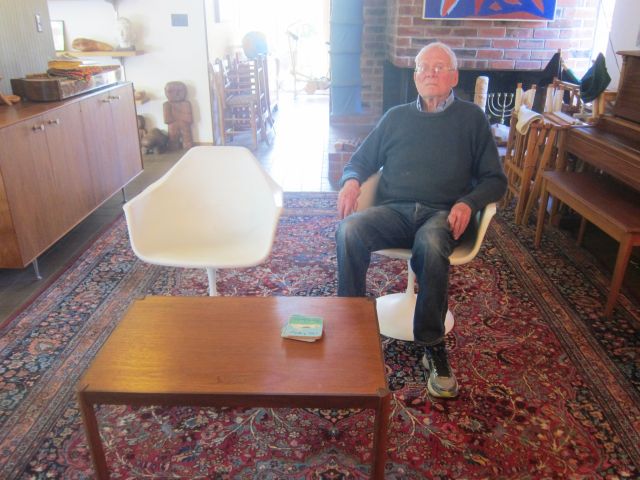 |
|
|
Bill Logan’s first meeting with builder Joe Eichler did not go well – in Logan’s view. Eichler, it seems, had no thoughts about it at all.
It was the early 1960s and Logan, a youngish architect who was renting an Eichler in Palo Alto’s Greenmeadow with his family, had been invited to ride along as Joe and his in-house architect, John Boyd, cruised the South Bay looking for sites for the next Eichler subdivisions.
The invitation for the ride-along came from Boyd, who was Logan’s neighbor in Greenmeadow. As in-house architect for Eichler, Boyd coordinated with the outside design architects, adapted their plans as needed, and designed some of the custom homes Eichler loved to turn out for special clients.
Logan, who’d studied English at Harvard, where he focused much energy on “chasing girls and running track,” and at the University of Chicago, took part in D-Day as navigator for a landing craft, then studied architecture at the University of Oregon, had been drafting for the legendary architect Ernie Kump, who was designing Gunn High in Palo Alto.
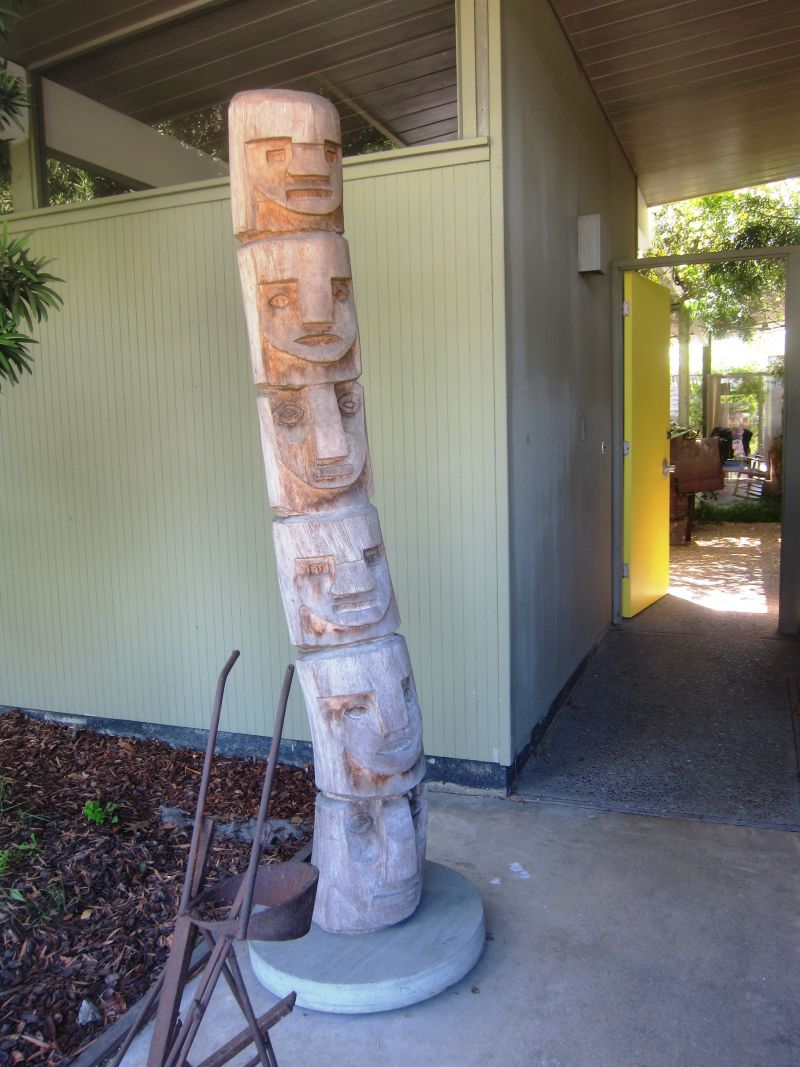 |
|
|
Although Logan had planned to design a home for himself and his wife and son, when they came upon Eichler’s Greenmeadow tract they fell in love with the architecture – even though they couldn’t afford to buy there.
“My wife loved it,” Logan says. “We’d come from a 3,000-square-foot, turn-of-the-century, gracious living house. This [Eichler home] she really caught onto.”
So Logan made a special request to the Eichler organization that he be allowed to rent a new home. The answer surprisingly was yes. “Eichler was very good to architects,” Logan says. “He was marvelous as far as I was concerned.”
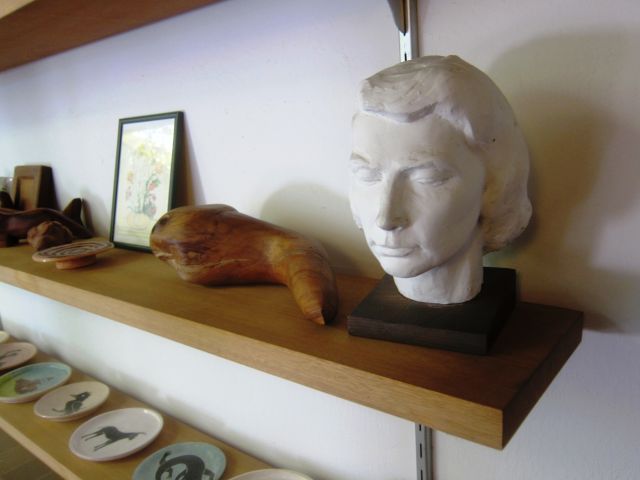 |
|
|
The Logans – wife Arlove, and son Pete – later bought the home, where Bill and Pete still remain. Arlove passed away some years back, after 58 years of marriage.
Logan opened up an office in Palo Alto and set to work, mostly doing remodels at first. Logan became friendly with Boyd, who invited him one day on the field trip with Joe.
“Eichler was scouting for land. We would drive south. We never really found anything he particularly liked,” Logan recalls. He also recalls sitting in the backseat while Joe and John Boyd conversed in the front. Logan felt ignored. “I don’t think I spoke more than two words to [Eichler].”
But Logan’s big break came a year or two later when Boyd found himself too busy to handle all his work and asked Logan to design a custom Eichler home for a Palo Alto ophthalmologist and political figure who was living in a standard Eichler tract home but wanted something grander.
Eichler agreed to build a custom home for a site in Woodside alongside a steep hill. It was to be the first home Logan ever designed.
Logan loved working with the client, and “proposed a scheme involving three separate buildings linked by glass corridors,” he wrote in a memoir.
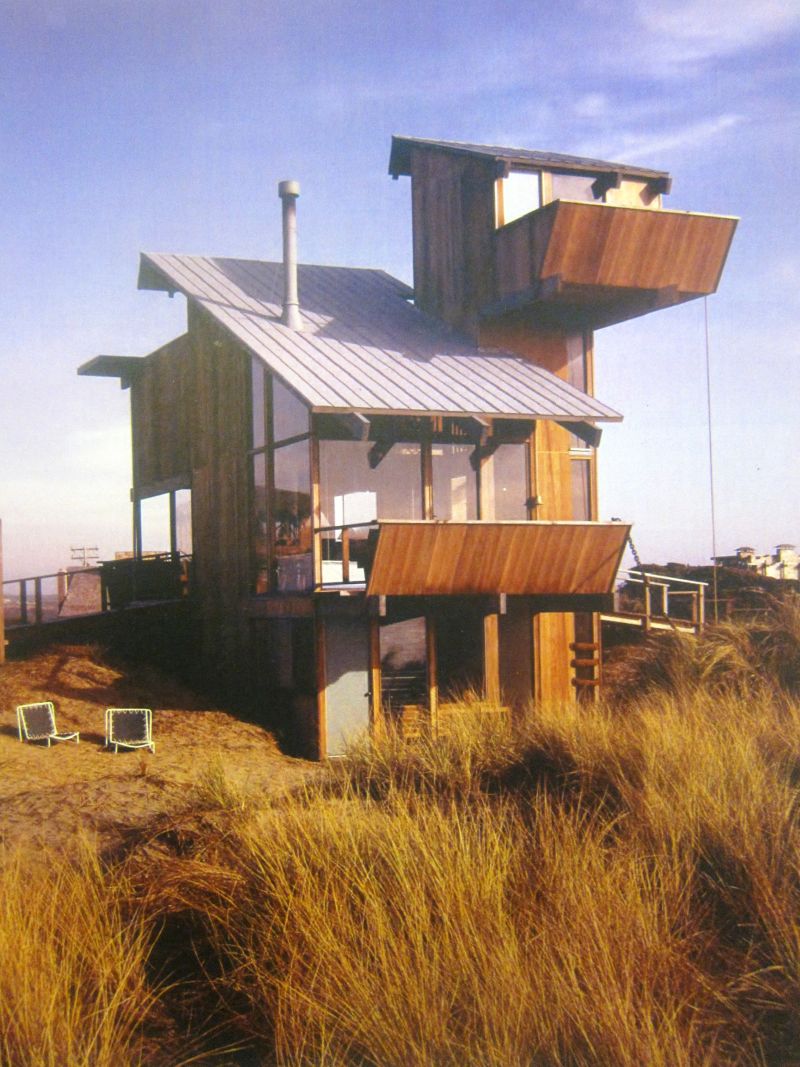 |
|
|
Logan enjoyed working within the standard Eichler parameters of form and materials, but found the freedom to be creative. Eichler refused to budge on one design issue, though.
“The land descended to a grove of tall dark trees in rhythmic undulations calling out for a building that would follow this pattern,” Logan wrote. “Unfortunately, Eichler insisted on creating a bench to accommodate the flat slabs for the three elements. I was able to persuade John [Boyd] to permit some changes in elevation from one unit to the next.”
It was a grand house indeed, about 3,000 square feet. “A complex double Palladian staircase with fountain led to the generous entry landing,” Logan wrote
The house also went over budget – at a time when the Eichler organization was already reeling from Joe’s costly urban ventures in San Francisco.
The house was a great success – for the client, which is generally what counts. Logan himself found flaws. The “extravagant drive and entry… had some drama,” he wrote, “But I had not given enough attention to the overall effect, the way it would appear” from the approach from above, which revealed an unattractive rooftop.
Still, the house proved to be crucial in Logan’s career. So pleased with the house was the owner that he introduced Logan to a developer – who hired Logan to design the model home at a new development, Pajaro Dunes, on the coast west of Watsonville.
“It was unabashedly a promotional deal,” Logan recalls. “[The developer] wanted something quite spectacular that would catch on. And it did. It was published, and it won awards.”
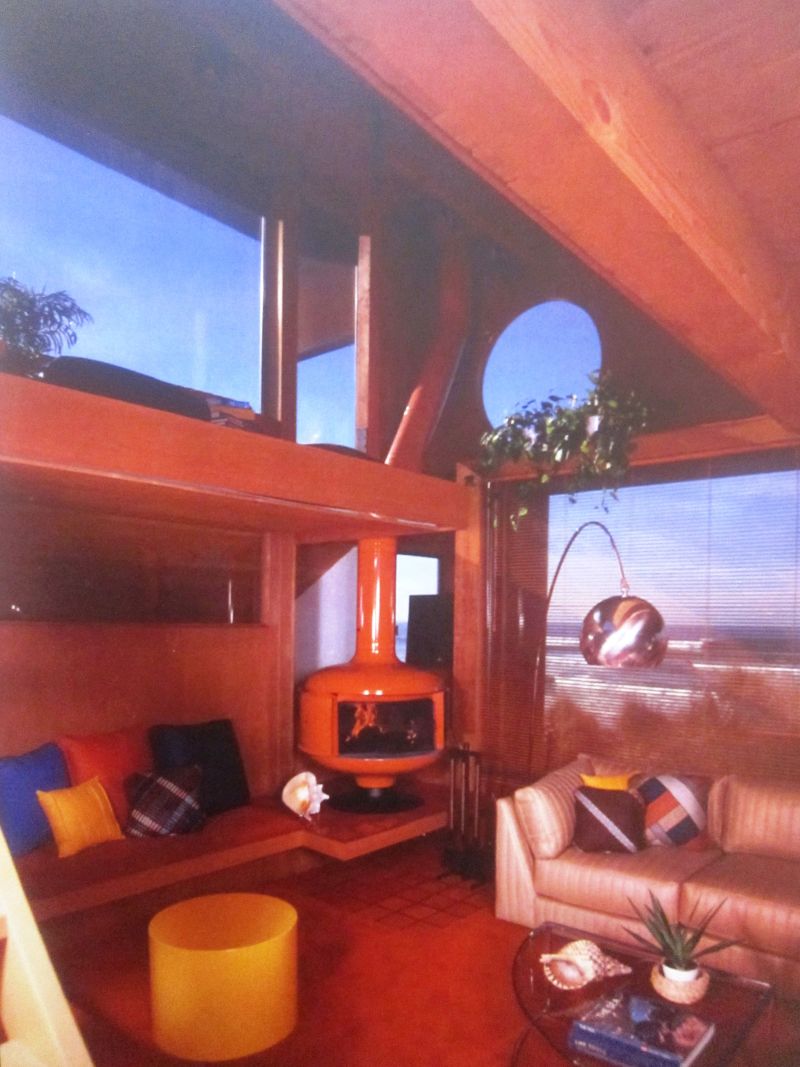 |
|
|
Logan, who is in his 90s today, went on to have a good career, designing several other homes for private clients at Pajaro Dunes, and other homes elsewhere, about 15 in total. He also did many remodels and other projects. He never again worked for Eichler – and really, wouldn’t have wanted to.
Logan had his own style and his own way of doing things. “I can modestly say I was my own man,” he says.
But what did Joe think of Logan’s Woodside Eichler? And what would Joe say to the young architect at the upcoming housewarming party at the very house in question?
“I was apprehensive,” Logan wrote, “as the house had obviously been built at a terrible loss, had possibly pushed him over the edge.”
John Boyd tried to deflect blame from Logan, saying he himself was to blame for the high costs. But Logan remained uncomfortable.
But Joe did something Bill Logan has never forgotten.
“After the dinner, we walked up the staircase to our cars, and we said goodbye, and [Eichler] started to walk off with his wife. Then he turned around and came back and shook hands with me and my wife, and said he had enjoyed visiting with us. I never quite expected that. He was quite a guy.”
- ‹ previous
- 38 of 677
- next ›



